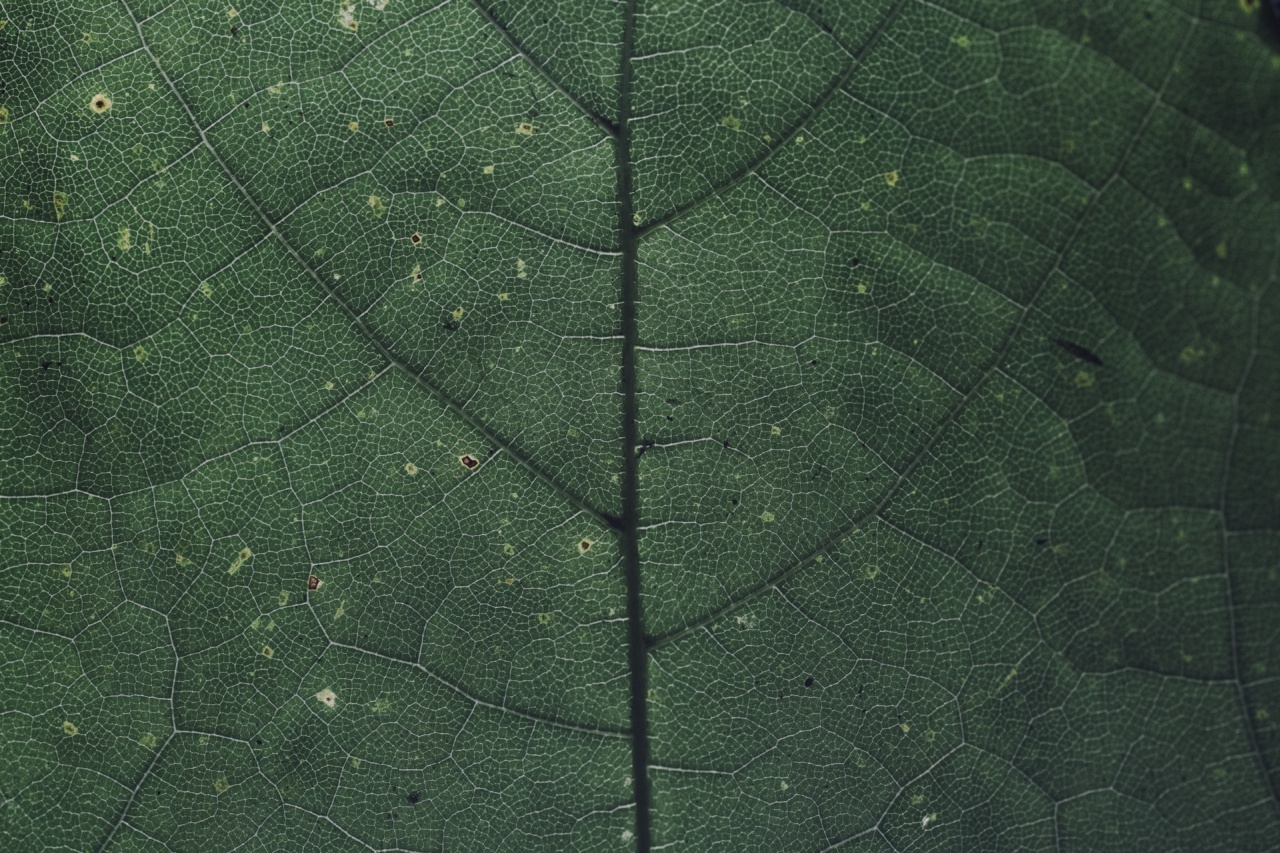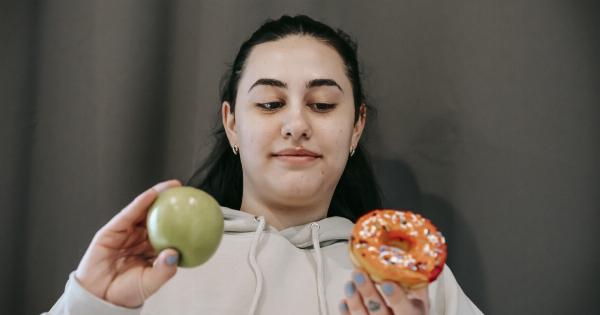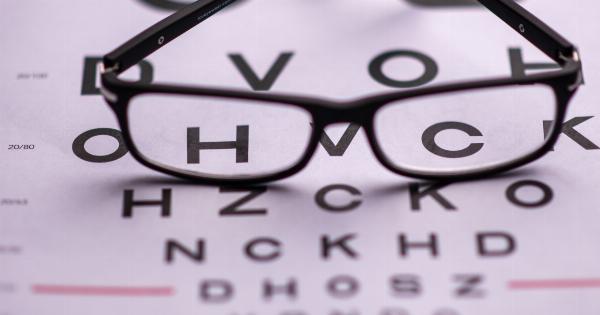Varicose veins are a common condition that affects both men and women. However, women tend to be more prone to this condition, especially during pregnancy. In fact, varicose veins affect up to 30% of women during pregnancy.
Varicose veins are swollen, twisted veins that are visible just below the surface of the skin. They most commonly occur in the legs and feet, but can also occur in the vulva or rectum (hemorrhoids).
What Causes Varicose Veins?
The veins in our legs have one-way valves that allow blood to flow towards the heart. When these valves become weak or damaged, blood can flow backward and collect in the veins, causing them to swell and become varicose.
Varicose veins can also be caused or worsened by:.
- Pregnancy
- Being overweight or obese
- A family history of varicose veins
- Sitting or standing for long periods of time
- A sedentary lifestyle
- Smoking
Do Varicose Veins Need to be Treated Before Pregnancy?
If you are planning to get pregnant and you have varicose veins, you may wonder whether you need to have them treated before conceiving. The answer is not straightforward and depends on several factors, including:.
- The severity of your varicose veins
- Your symptoms, if any
- Your overall health
- Your plans for future pregnancies
In general, varicose veins that are mild to moderate in severity and do not cause any symptoms do not require treatment before pregnancy.
However, if your varicose veins are severe and cause significant discomfort or pain, or if you have a history of blood clots or other complications related to varicose veins, you may need to have them treated before getting pregnant.
Types of Varicose Vein Treatment
If you do need to have your varicose veins treated before pregnancy, there are several options available:.
Compression Stockings
Compression stockings are a non-invasive treatment option for varicose veins. They work by putting pressure on the legs to improve blood flow and reduce swelling. Compression stockings can be worn during pregnancy and are safe for both you and the baby.
Sclerotherapy
Sclerotherapy is a minimally invasive treatment that involves injecting a solution into the varicose vein, causing it to collapse and eventually be absorbed by the body.
This treatment is usually performed on smaller varicose veins and can be done during pregnancy.
Endovenous Laser Treatment (EVLT)
EVLT is a minimally invasive treatment that uses laser energy to close off the affected vein. This treatment is more effective than sclerotherapy on larger veins and can also be done during pregnancy.
Surgery
Surgery is a more invasive treatment option for varicose veins and is usually recommended for severe cases that do not respond to other treatments. Surgery involves the removal of the affected vein and is not recommended during pregnancy.
Risks and Complications of Varicose Vein Treatment during Pregnancy
While most treatments for varicose veins are safe during pregnancy, there are some risks and complications you should be aware of:.
- Allergic reactions to the solutions used in sclerotherapy
- Bruising, swelling, or bleeding at the injection site
- Temporary inflammation or redness of the treated area
- Post-treatment discoloration (hyperpigmentation) of the skin
- Recurrence of varicose veins after treatment
Tips for Preventing Varicose Veins during Pregnancy
While varicose veins during pregnancy are common, there are some steps you can take to reduce your risk:.
- Avoid standing or sitting for long periods of time; take frequent breaks to move around and stretch your legs
- Stay active by walking or swimming regularly
- Elevate your legs whenever possible to improve blood flow
- Maintain a healthy weight and avoid excessive weight gain during pregnancy
- Avoid wearing high heels and tight clothing that restricts blood flow
Conclusion
If you have varicose veins and are planning to get pregnant, it’s important to speak to your doctor about your options.
In many cases, varicose veins do not require treatment before pregnancy if they are mild to moderate in severity and do not cause any symptoms. However, if you have severe varicose veins or a history of blood clots or other complications, you may need to have them treated before conceiving.
There are several treatment options available for varicose veins, including compression stockings, sclerotherapy, endovenous laser treatment, and surgery.
While most treatments are safe during pregnancy, there are some risks and complications you should be aware of.






























